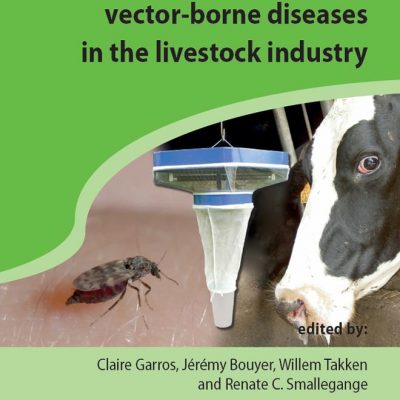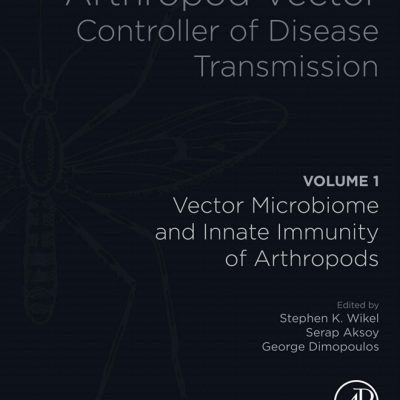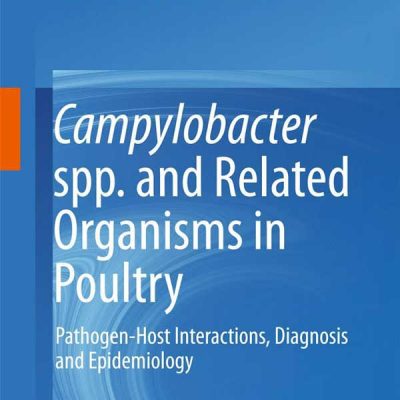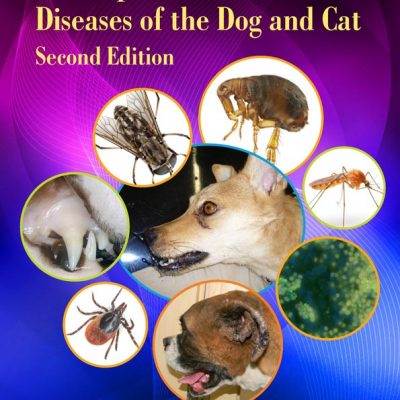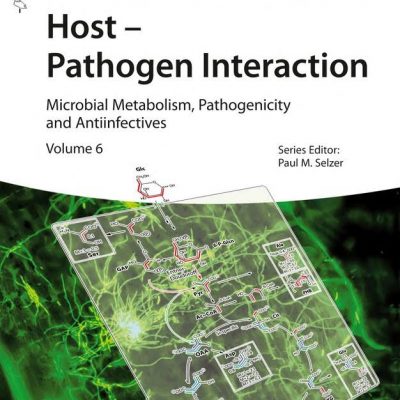
Arthropod Vector: Controller of Disease Transmission, Volume 2, Vector Saliva-Host-Pathogen Interactions
by Stephen Wikel, Serap Aksoy, George Dimopoulos
April 2017

Arthropod Vector: Controller of Disease Transmission, Volume 2: Vector Saliva-Host Pathogen Interactions is built on topics initially raised at a related Keystone Symposium on Arthropod Vectors. Together with the separate, related Volume 1: Controller of Disease Transmission, this work presents a logical sequence of topic development that leads to regulatory considerations for advancing these and related concepts for developing novel control measures.
The three themes of symbionts, vector immune defenses and arthropod saliva modulation of the host environment are central to the concept of determinants of vector competence that involves all aspects of vector-borne pathogen development within the arthropod that culminates in the successful transmission to the vertebrate host.
These three areas are characterized at the present time by rapid achievement of significant, incremental insights, which advances our understanding for a wide variety of arthropod vector species, and this work is the first to extensively integrate these themes.
- Provides overviews of host defenses encountered by the blood feeding arthropod vector at the cutaneous interface
- Addresses how these defenses are modulated by the vector, specific functions of vector saliva components, host response to vector-borne infectious agents and how vector-borne pathogens themselves modulate host defenses
- Features expertly curated topics to ensure appropriate scope of coverage and aid integration of concepts and content across chapters
Readership:
Medical and veterinary entomologists, vector biologists, parasitologists, global public health specialists, medical and veterinary infectious disease researchers, medical and veterinary immunologists, biotechnologists, vaccine development researchers, entrepreneurs, and government regulators facing the challenges of implementing policies regarding emerging and novel disease control technologies


